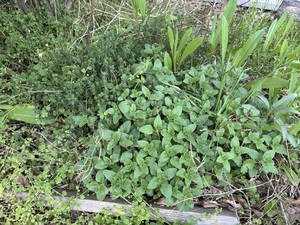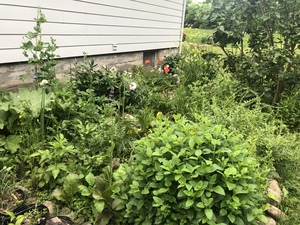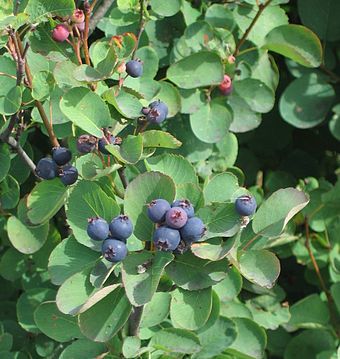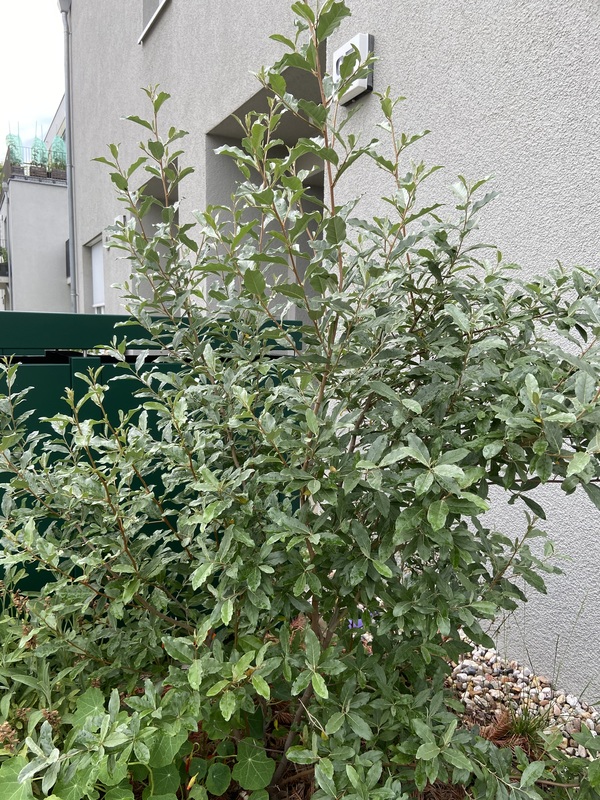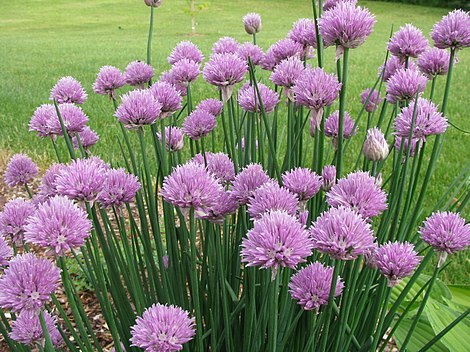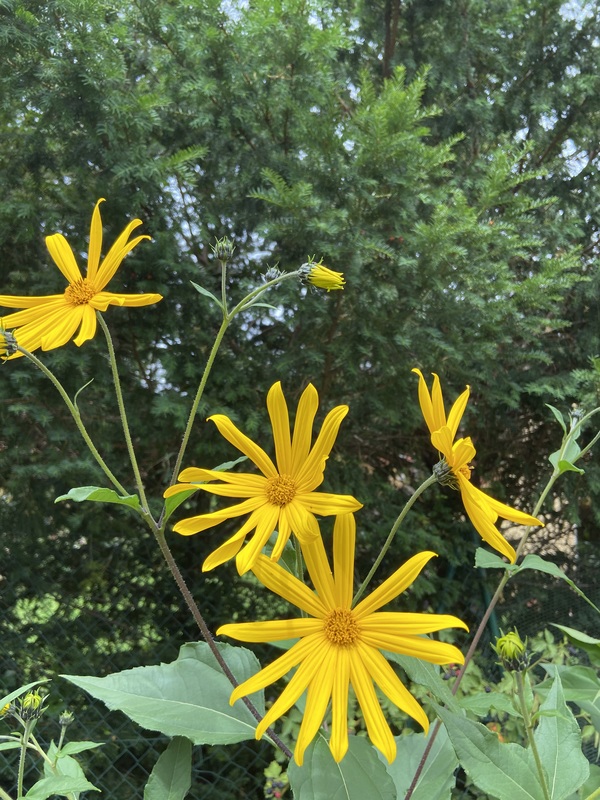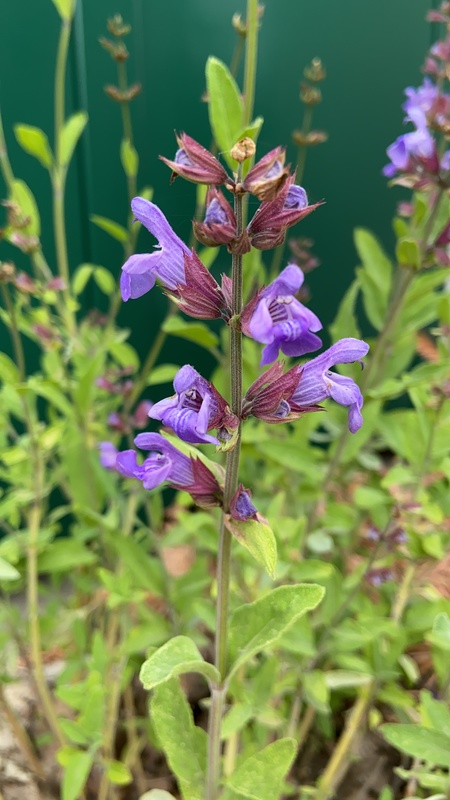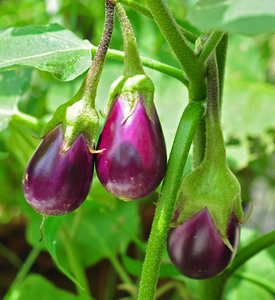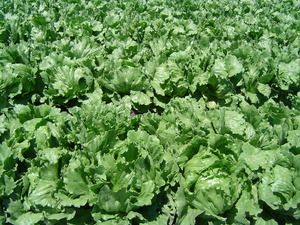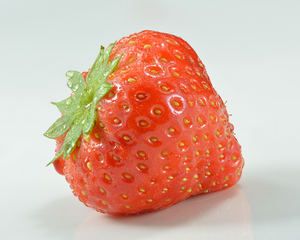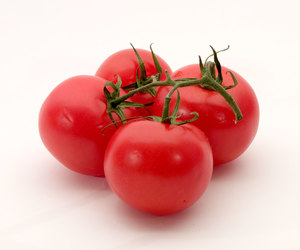Description
Thyme (Thymus vulgaris) is a perennial herb that is native to the Mediterranean region. It has small, grey-green leaves and tiny, pink or purple flowers. The stems are woody and the plant grows to be about 30 cm tall.
Thyme prefers well-drained, sandy soil and full sun. It is a low-maintenance plant and can be grown easily in a garden or in containers. To cultivate it successfully, it is important to water it regularly, especially during dry periods, and to trim the plant regularly to promote new growth.
Thyme is edible and both the leaves and flowers can be used in cooking. They can be dried or frozen for long-term storage. The leaves have a strong, pungent flavor and are often used in meat and vegetable dishes, as well as in teas and other beverages.
In addition to its culinary uses, thyme also has several medicinal properties. It has been used to treat respiratory conditions, such as bronchitis and asthma, and is also believed to have antibacterial and antifungal properties. It can also be used as a natural insect repellent.
Thyme is an attractive plant that is valuable for wildlife. It is a good source of nectar for bees and other pollinators. It is also an important food plant for the caterpillars of some butterfly species.
Overall, thyme is a versatile and useful herb that can be grown easily in a variety of conditions. Its flavorful leaves and attractive flowers make it a valuable addition to any garden or farm.
